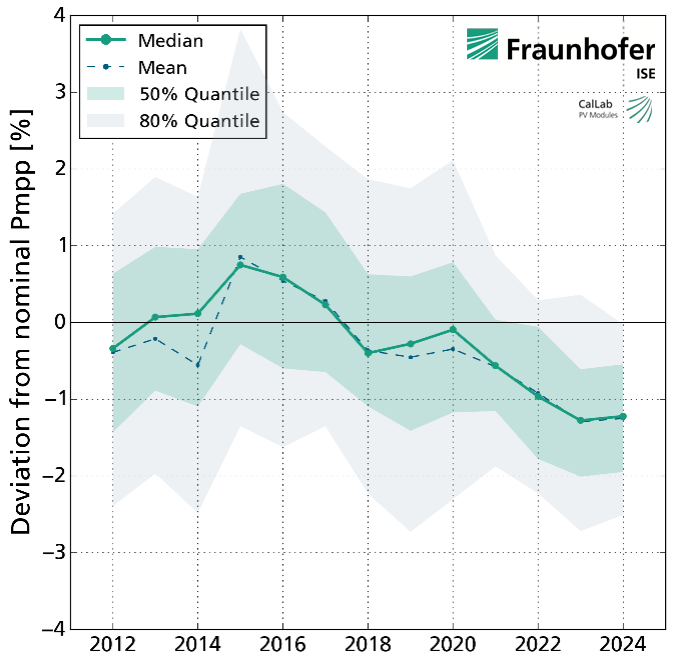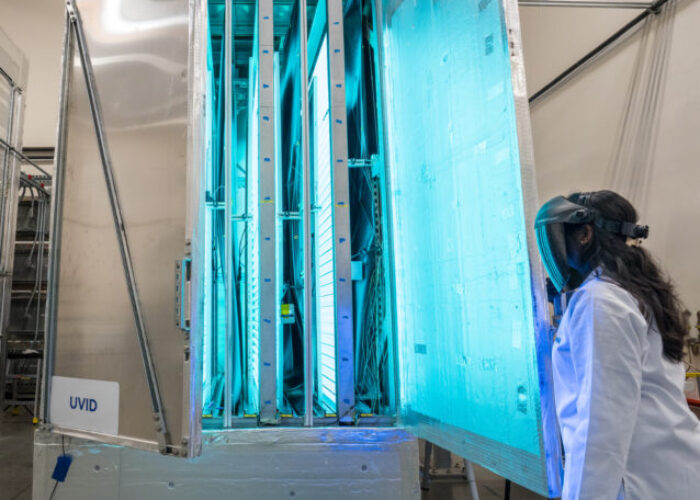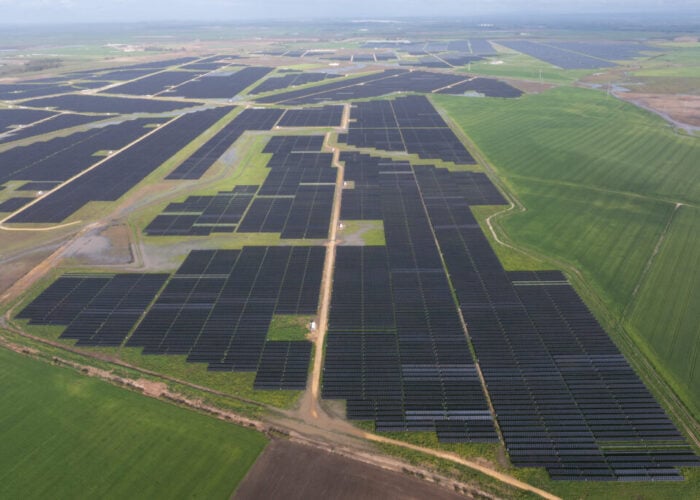
New research from German research organisation Fraunhofer ISE has found that in 2024 the average monocrystalline silicon PV module’s power output was 1.2% lower than its nameplate capacity.
While this is a slight improvement from the 1.3% discrepancy reported in 2023, it marks the eighth consecutive year that an average module’s power output has been less than its stated capacity. Fraunhofer has tested 70,000 modules from 15 top manufacturers in its laboratories since 2012, although the testing house noted that its data set excludes modules where laboratory power output matches the product’s nameplate capacity.
Try Premium for just $1
- Full premium access for the first month at only $1
- Converts to an annual rate after 30 days unless cancelled
- Cancel anytime during the trial period
Premium Benefits
- Expert industry analysis and interviews
- Digital access to PV Tech Power journal
- Exclusive event discounts
Or get the full Premium subscription right away
Or continue reading this article for free
Since 2012, the average power output has largely fluctuated between 1% more than the nameplate capacity and 1% less, as shown in the graph below. While the 1.3% discrepancy reported in 2023 marks the lowest actual power output on record, Fraunhofer noted that the slight improvement in 2024 suggests manufacturers may be aware of this issue.

“If we assume that our data is representative of the German installation market, an average underperformance of 1.2% with an additional 16.2GW in 2024 corresponds to a total output of around 195MW,” said Daniel Phillip, head of the Department Module Characterisation and Reliability at Fraunhofer, who added that this discrepancy corresponds to the nominal output of “one of the largest solar parks in Germany”.
While the researchers did not suggest a reason for this decline in real world output, the study follows a number of investigations of module efficiency and reliability, as solar projects come to account for a larger proportion of the world’s energy mix.
A Fraunhofer study published last year identified “critical degradation” issues in tunnel oxide passivated contact (TOPCon) modules, while Kiwa PI Berlin suggested earlier this year that modules manufactured in the US, India and Laos were among the most likely to have defects, suggesting module underperformance is affected by both technologies and regions.
The Fraunhofer researchers are presenting their 2024 module underperformance data at the 40th PV Symposium, which is currently underway in Bad Staffelstein, Germany.






